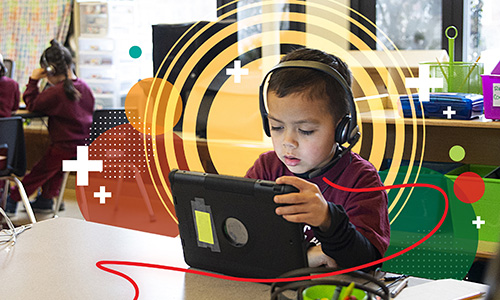Journal article
Pathways of mathematics achievement in preschool: Examining executive function and task orientation
July 2022
Journal of Applied Developmental Psychology. https://doi.org/10.1016/j.appdev.2022.101432

Abstract
Despite research demonstrating the importance of mathematics achievement to children’s educational success and trajectories, many children enter kindergarten without the foundational mathematics skills needed to succeed (Garcia & Weiss, 2015). Children’s executive function (EF) skills and their learning-related behaviors (Anthony & Ogg, 2020) may play a key role in supporting their early mathematics achievement (Morgan et al., 2019). Additionally, there is some evidence that children’s learning behaviors are a mechanism through which EF is related to math achievement (e.g., Nesbitt et al., 2015), however this pathway hasn’t been fully explored. There is also little to no research that has explored whether the pathways through which EF is related to math achievement function similarly for boys versus girls, although some literature suggests that differences in the nature or strength of the associations could contribute to differences in mathematics achievement among boys and girls in elementary school (e.g., Fryer Jr and Levitt, 2010; Robinson-Cimpian et al., 2013; Robinson & Lubienski, 2011). In this study, we used longitudinal data from a racially/ethnically and linguistically diverse sample of 467 preschoolers to examine (1) if children’s EF at the beginning of pre-kindergarten predicts growth in their mathematics achievement across the pre-kindergarten year, (2) whether growth in learning behaviors, specifically task orientation, mediate the associations between EF and mathematics achievement, and (3) if there are sex differences in these associations. We found that growth in children’s task orientation partially mediates the association between EF and mathematics achievement for the preschoolers in our study. Although girls had significantly higher task orientation, we did not find a statistically significant difference in the direct associations between EF, task orientation, and mathematics or in the mediating effect of task orientation for boys and girls. The discussion reviews implications and directions for future research.
See MoreThis article was published outside of NWEA. The full text can be found at the link above.
Topics: Early learning, Math & STEM









